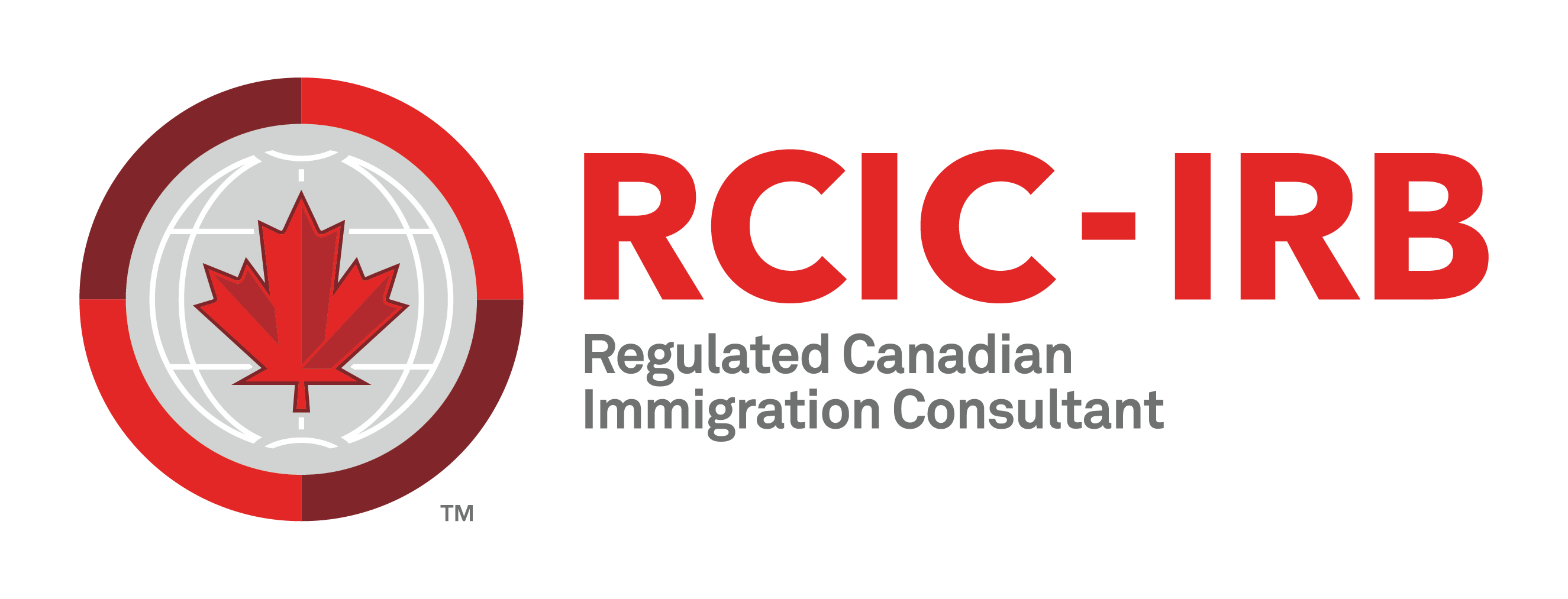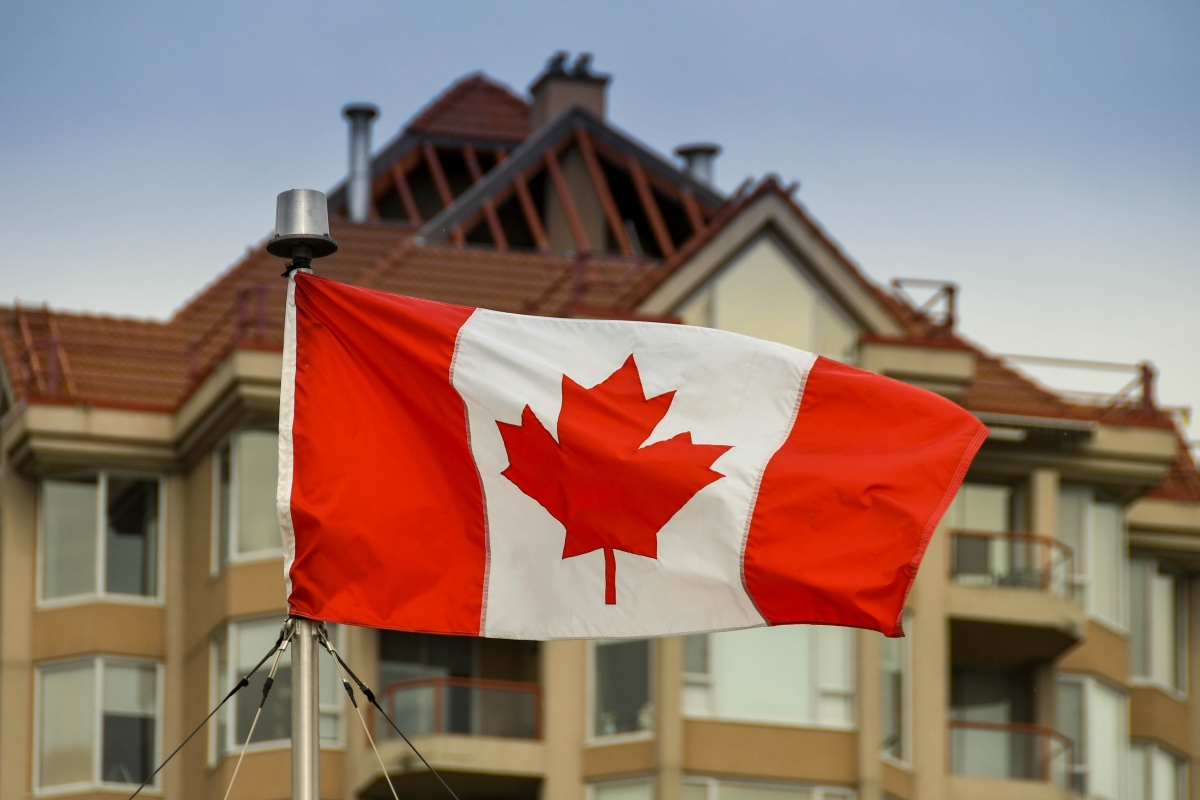Last Updated On 6 June 2025, 5:40 PM EDT (Toronto Time)
In a striking revelation from Statistics Canada’s last census, immigrants in Canada, particularly those who have been in the country for over five years, are surpassing Canadian-born individuals in homeownership rates.
With established immigrants achieving a 69.7% homeownership rate compared to 61.9% for Canadian-born citizens, this data challenges common assumptions about housing trends in Canada.
This article dives into the factors driving this trend, explores its implications for the Canadian housing market, and provides insights into how cultural, economic, and policy factors shape these surprising statistics.
Table of Contents
According to the official census, established immigrants—those who have lived in Canada for at least five years—own homes at a rate of 69.7%, significantly higher than the 61.9% rate for Canadian-born individuals.
Recent immigrants, however, lag behind with a homeownership rate of 38.7%, reflecting the challenges of entering the housing market shortly after arrival.
This disparity highlights the journey of immigrants as they integrate into Canadian society, with homeownership often seen as a milestone of financial and social stability.
In high-cost urban centers like Toronto and Vancouver, where immigrants make up 46.6% and 41.8% of the population, respectively, their impact on the housing market is profound.
Notably, immigrant families are more likely to co-own properties with their adult children, a trend that is particularly evident in these cities, where over 75% of co-owning parents are immigrants.
This practice not only reflects cultural values but also serves as a strategic response to soaring housing costs.
Several factors contribute to the higher homeownership rates among established immigrants:
Cultural Emphasis on Property Ownership
Many immigrant communities place a strong cultural value on homeownership as a symbol of stability and success.
For example, families from South Asian and Chinese backgrounds often prioritize real estate as a means of building generational wealth.
This cultural drive is evident in the higher rates of co-ownership, where parents and adult children pool resources to afford homes in competitive markets like Toronto and Vancouver.
Economic Resilience and Strategic Investments
Established immigrants, particularly those in Canada for over a decade, often achieve greater financial stability.
The Census data shows that immigrants who have been in Canada for 15 years or more have housing occupancy rates of 405 per 1,000 individuals, surpassing the 394 per 1,000 for Canadian-born residents.
Skilled workers, who form the largest category of immigrants, bring valuable expertise that contributes to higher earnings over time, enabling them to invest in real estate.
Multigenerational Living Arrangements
Immigrant families are more likely to live in multigenerational households, pooling resources to purchase homes.
This trend is particularly pronounced in expensive urban markets, where affordability challenges push families to collaborate financially.
Such arrangements allow immigrants to overcome barriers that Canadian-born individuals, who may prioritize independent living, often face.
Lower Reliance on Pensions
Immigrants typically have lower coverage by registered pension plans compared to Canadian-born individuals, making homeownership a critical component of their retirement planning.
Data from the Survey of Financial Security indicates that housing assets constitute a larger share of wealth for immigrant families, reinforcing their commitment to property ownership.
While established immigrants excel in homeownership, recent arrivals face significant hurdles.
With a homeownership rate of just 38.7%, recent immigrants are often constrained by lower incomes, limited credit history, and the high cost of housing in urban centers.
The Canadian Housing Survey noted that two out of five recent immigrants were dissatisfied with the housing market, with only 63% expressing satisfaction compared to the national average of 82%.
High housing prices in cities like Toronto and Vancouver exacerbate these challenges.
For instance, the average value of single-detached homes owned by recent immigrants in Vancouver is $2.34 million, significantly higher than the $1.52 million for Canadian-born owners.
These disparities are partly due to immigrants’ tendency to settle in high-cost areas, where cultural and economic networks are strong but affordability is low.
Homeownership rates vary significantly across Canada, influenced by regional economic conditions and housing affordability:
Alberta: Immigrants in Alberta boast some of the highest homeownership rates in the country, with 19% of newcomers owning their first residence upon arrival.
The province’s relatively affordable housing market and strong economic opportunities make it an attractive destination for immigrants seeking to invest in property.
Ontario and British Columbia: In Toronto and Vancouver, where housing costs are among the highest in Canada, immigrants still manage to achieve high ownership rates over time.
However, the reliance on co-ownership and multigenerational living is more pronounced in these regions due to affordability challenges.
Atlantic Canada: Historically, Atlantic provinces like Newfoundland and Labrador (75.7% homeownership rate in 2021) have higher ownership rates than the national average.
However, even here, rates have declined slightly, with Prince Edward Island and Nova Scotia seeing drops of 4.6% and 4.0%, respectively, from 2011 to 2021.
Quebec: Quebec has the lowest homeownership rate among provinces, at 59.9% in 2021, with a modest decline of 1.3% from 2011.
Immigrants in Quebec face unique challenges, including language barriers and a distinct housing market, but established immigrants still outperform Canadian-born residents in ownership rates.
The Broader Housing Market Context
Canada’s overall homeownership rate has been declining, dropping from a peak of 69% in 2011 to 66.5% in 2021.
This trend reflects rising housing costs, increasing interest rates, and a growing preference for renting, particularly among younger Canadians and recent immigrants.
The growth in renter households has outpaced that of owner households by more than double, with a 21% increase in renters compared to an 8.4% increase in owners from 2011 to 2021.
Despite these challenges, immigrants continue to drive demand in both ownership and rental markets.
Non-permanent residents, such as temporary workers and asylum claimants, rent at three times the rate of Canadian-born individuals, highlighting their significant impact on the rental market.
This dual influence underscores the need for targeted housing policies that address the diverse needs of Canada’s population.
The higher homeownership rates among established immigrants have significant implications for Canada’s housing policies and urban planning strategies:
Affordable Housing Supply: The growing demand for homeownership among immigrants, particularly in smaller municipalities, necessitates an increase in affordable housing stock.
Policies that incentivize the construction of single-family homes and condominiums could help meet this demand.
Support for Recent Immigrants: Recent immigrants face barriers to homeownership, including high housing costs and limited access to credit.
Programs offering financial literacy, down payment assistance, or flexible mortgage options could help bridge this gap.
Multigenerational Housing Solutions: The prevalence of multigenerational living among immigrant families calls for housing designs that accommodate larger households.
Zoning reforms and incentives for multi-unit dwellings could support this trend.
Rental Market Stability: The high rental demand from non-permanent residents highlights the need for a robust rental housing stock, particularly in urban centers.
Investments in purpose-built rental units, which grew by nearly one-fifth from 2010 to 2020, are critical to maintaining affordability.
The trend of higher homeownership among immigrants reflects broader cultural and social dynamics.
For many immigrant families, owning a home is not just a financial investment but a symbol of integration and success in their new country.
This aspiration aligns with Canada’s historical emphasis on homeownership as a cornerstone of economic security, a narrative that has been reinforced since the post-World War II era.
However, the growing disparity between homeowners and renters, exacerbated by rising housing costs, is creating social tensions.
Younger Canadians, particularly Millennials and Gen Z, express frustration over the unattainability of homeownership, a sentiment that is less pronounced among established immigrants who benefit from cultural and familial support systems.
Addressing these disparities requires a nuanced approach that balances the needs of diverse population groups.
The Census data from Statistics Canada paints a compelling picture of immigrants reshaping Canada’s housing market.
With established immigrants achieving homeownership rates of 69.7% compared to 61.9% for Canadian-born individuals, their influence is undeniable.
Cultural values, economic resilience, and multigenerational living arrangements enable immigrants to navigate Canada’s challenging housing market with remarkable success.
However, recent immigrants face significant barriers, highlighting the need for targeted policies to support equitable access to homeownership.
As Canada grapples with a declining national homeownership rate and rising affordability challenges, understanding the dynamics of immigrant homeownership is crucial.
By addressing these trends through innovative housing policies and urban planning, Canada can ensure that the dream of homeownership remains attainable for all its residents, regardless of their background.
Stay updated with INC News.
You may also like: New GST Payment Increase In Canada Effective July 2025
New Canada GST Rebate Effective May 2025 For First-Time Home Buyers
New Minimum Wage in British Columbia Effective June 2025
3 New CRA Benefit Payments for Ontario Residents in June 2025











Leave A Comment
You must be <a href="https://zfcanada.com/wp-login.php?redirect_to=https%3A%2F%2Fzfcanada.com%2F2025%2F06%2F07%2Fimmigrants-to-canada-surpass-canadian-borns-in-homeownership%2F">logged in</a> to post a comment.